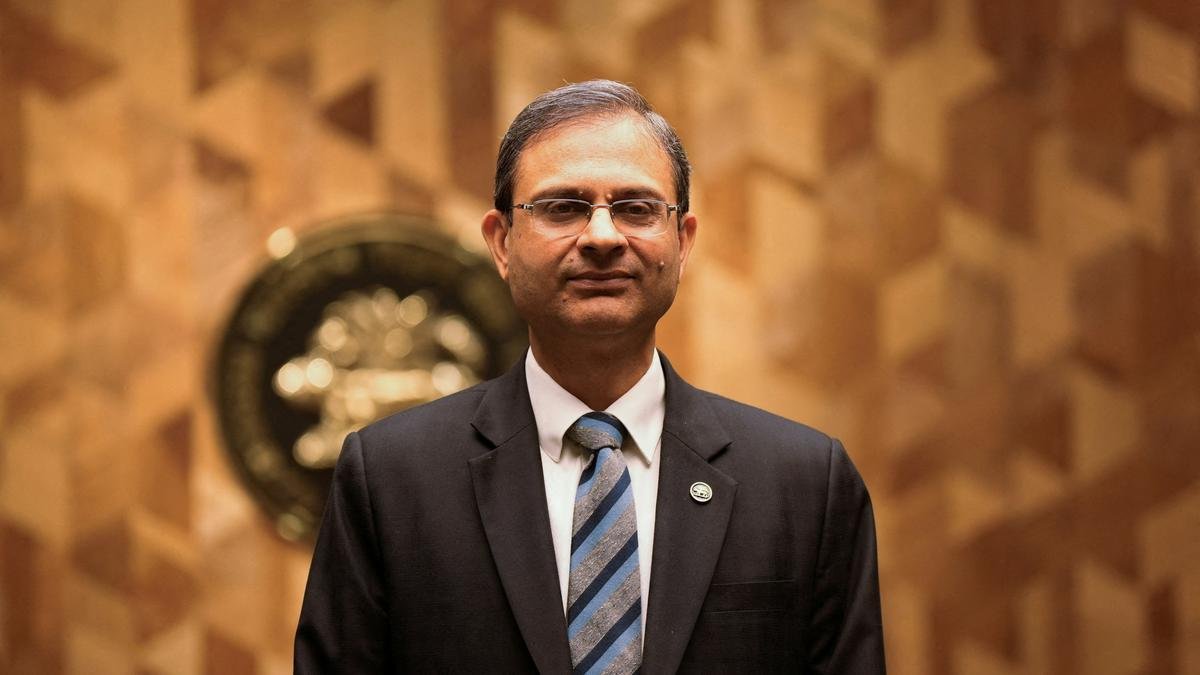The Reserve Bank of India’s (RBI) Monetary Policy Committee (MPC), chaired by Governor Malhotra, concluded its three-day meeting on Wednesday, April 9, 2025. In a unanimous decision, the committee reduced the repo rate by 25 basis points (bps), bringing it down to 6%. Additionally, the MPC has shifted its policy stance from ‘neutral’ to ‘accommodative’, signaling a more supportive approach towards economic growth.
What is the Repo Rate and Its Importance?
The repo rate is the rate at which the RBI lends money to commercial banks. A reduction in this rate generally makes borrowing cheaper for businesses and individuals, stimulating investment and consumption in the economy. Conversely, an increase in the repo rate aims to control inflation by making borrowing costlier and reducing liquidity in the market.
Key Highlights of the RBI’s Monetary Policy Decision
Repo Rate Cut: The MPC decided to lower the repo rate by 25 bps to 6%.
Policy Stance Change: The stance has been shifted from ‘neutral’ to ‘accommodative’, suggesting that further rate cuts could be considered if economic conditions warrant it.
Inflation Considerations: The RBI has assessed that inflation remains within the target range, providing room for a rate cut.
Growth Concerns: Slower economic growth and the need for monetary stimulus were key factors influencing the decision.
Global Economic Factors: The decision also accounts for global economic trends, including geopolitical uncertainties and policy actions by major central banks.
Reasons Behind the Rate Cut
1. Supporting Economic Growth
India’s economic growth has shown signs of moderation over the past few quarters, with sluggish demand in various sectors. The reduction in the repo rate is expected to provide a boost by lowering the cost of borrowing for businesses and consumers.
2. Contained Inflation
The Consumer Price Index (CPI) inflation has remained within the RBI’s comfort zone of 2-6%. With inflationary pressures under control, the central bank had the flexibility to ease monetary policy to support growth.
3. Global Economic Slowdown
Global economic uncertainties, including geopolitical tensions and trade disruptions, have impacted emerging markets, including India. The RBI’s decision aligns with efforts to cushion the domestic economy against these external shocks.
4. Liquidity Management
Liquidity conditions in the banking system have been stable but require continuous monitoring. The rate cut is likely to enhance liquidity, ensuring smoother credit availability to businesses and households.
Impact of the Repo Rate Cut
1. Lower Loan Interest Rates
A reduction in the repo rate will likely lead to lower interest rates on home loans, auto loans, and personal loans, benefiting borrowers.
2. Boost to Consumer Spending
With reduced borrowing costs, consumer spending on big-ticket items like real estate and automobiles may see an uptick, helping revive demand in these sectors.
3. Positive Sentiment in Financial Markets
Stock markets often react positively to rate cuts as they lower financing costs for businesses and improve corporate profitability.
4. Encouragement for Business Investment
Lower interest rates can encourage businesses to take loans for expansion, capital investment, and operational growth.
Challenges and Risks
While the rate cut is expected to support economic growth, there are potential risks:
Inflationary Pressures: If inflation starts rising beyond the RBI’s target, it could necessitate a reversal of policy easing.
Fiscal Constraints: Government borrowing and fiscal deficit concerns need to be managed alongside monetary policy actions.
Transmission of Rate Cuts: Banks need to pass on the benefits of the rate cut to borrowers effectively, which has often been slow in previous instances.

